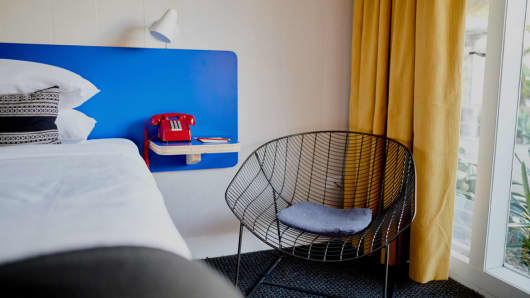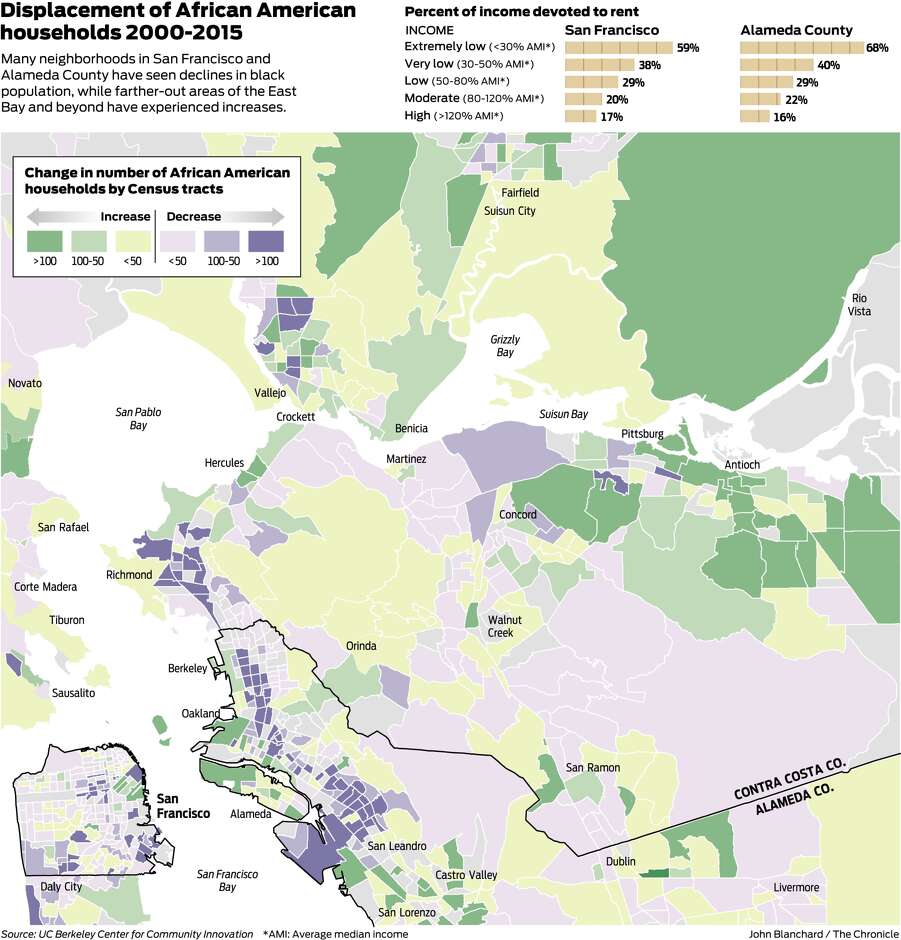If you haven’t visited a college campus, secondhand store or seen “Crazy Rich Asians,” in which one of the central characters possesses a Jamba Juice freebie card, you may not have heard: Thrift is cool. In hospitality, that spirit has worked its way from Airbnb mania to spinoff hotel brands and independent properties that promise the travel equivalent of fast fashion.
“Cheap chic is in,” said Chekitan Dev, a professor of marketing at Cornell University’s School of Hotel Administration and the author of “Hospitality Branding.” “The cheap chic hotel brand trend is in line with tiny houses and other minimalist lifestyle trends that are sweeping the country.”
Among new hotel introductions heeding the thrifty hip movement, InterContinental Hotels Group just launched Avid, a new brand featuring well-equipped gyms, Chobani yogurt and Kind granola in the breakfast buffets, and rates from $80. The stylish London-based Hoxton hotels made their American debut this month with the Hoxton, Williamsburg in New York, with three restaurants, a rooftop lounge and bed linens from the Brooklyn label Dusen Dusen in $159 rooms. The style-focused consortium Design Hotels recently introduced a “luxe for less” collection with rooms under 200 euros, or about $233.
Bargains, of course, are relative to markets and perceptions. The hotel analytics firm STR identifies the average daily rate (known as A.D.R.) at hotels in the top 25 markets in the country over the past year as $130. That averages out places like New York, where annual A.D.R. is $240, along with Detroit at $104.
The democratizing-design trend dovetails with the rise of millennial travelers.
“At an early stage of their travel cycle, millennials have less money to spend and are extremely value conscious,” Prof. Dev said. “They will pay only for those items that give them pleasure, so boring design, bad technology and unnecessary amenities are out and thoughtful and minimal design, fast and free technology and useful amenities are in.”
But they’re not the only ones driving the trend, according to Richard Born, a principal at BD Hotels, which anticipated downsized rooms with its first Pod Hotel in New York in 2007. The five Pod Hotels in New York and Washington, D.C., draw travelers of all ages who tend to share an interest in style.
“It’s about price, but it’s not just about price,” Mr. Born said. “It’s about price, style, design and experience.”
Thrifty Brands
Challenged by Airbnb, major hotel groups have been expanding their vertical portfolios downward on the price scale and introducing more updated affordable brands. In addition to Avid, newcomers include Moxy Hotels from Marriott, which embraces a party spirit. At the new Moxy Chicago Downtown, for example, the front desk is a bar, and rooms that look into other rooms across a courtyard come with message boards to communicate things like “Meet me in the lobby” to the voyeur across the way (rooms from $170).
The Dream Hotel Group introduced the playful Unscripted brand with its first Unscripted Durham in Durham, N.C., in a former 1960s-vintage motel with a rooftop pool and bar (from $129). It plans future openings in Belize and Mexico.
In Israel, Brown Hotels spun off the free-spirited the Dave — Son of a Brown in Tel Aviv, which recently hosted a tattoo artist pop-up shop (from $125). In Japan, Hoshino Resorts launched Omo earlier this year with minimalist design (from about $45).
Tiny Rooms
Aiming to attract diverse travelers, some hotels offer a few tiny rooms at substantial savings.
Among 14 rooms, Hotel Eleven in Austin, Tex., offers two 230-square-foot “crashpads” starting at $159.
“When people come to Austin, they don’t really want to spend time in their hotel rooms,” said Mark Vornberg, the hotel’s co-owner and architect. “The crashpad was developed as a place to sleep. It still has to have a great bed and a great shower, but it doesn’t need a living room. The city is your living room.”
When the 612-room Moxy Times Square opened in New York last year, it introduced 19 crash pad rooms for $99 each (others from $149). The 120 square-foot crash pads can only be ordered from the menu of the rooftop bar, Magic Hour, after 11 p.m.
“Our team anticipated that many of our rooftop patrons would like to ‘take the elevator home,’ keep the party going and crash downstairs,” wrote Mitchell Hochbert, the president of Lightstone, which developed the hotel, in an email.
A hotel with a luxe-to-less price range may also better serve groups like wedding parties, where budgets can vary. The East Austin Hotel, opening in November with a courtyard pool, restaurant and rooftop bar, will house 75 rooms, including 13 “cabins,” or rooms with double beds and shared bathrooms on a single floor, starting at $99. The highest-end poolside suites start at $299.
“It’s all in one facility because the person that travels in a cabin this year may in fact want a poolside cabana next time,” said Jeff Trigger, the founder and president of La Corsha Hospitality Group, which owns the East Austin. “The people that are going to stay in our place want that eclectic style. They’re not coming to be in an environment where everybody is the same.”
Bargains by Design
A bargain in Jackson Hole, Wyo., in ski season, let alone a deal with decent design, is a winter unicorn. When I visited last January, rates at the slope-side Four Seasons Resort were $800, but in town, the 50-room Anvil Hotel, a newly redesigned 1950s motel, came close at $174. Double iron beds were dressed in Woolrich blankets and guests gathered around the rustic lobby’s wood-burning potbelly stove.
“We realize there are more and more travelers out there who can’t afford luxury but are looking for experiences that are in harmony with the environment in which they exist and those travelers shouldn’t be deprived of good design,” said Erik Warner, the lead partner at Filament Hospitality, which owns the Anvil. “You can provide good design without spending a lot of money.”
In many cases, vintage roadside motels have provided hoteliers affordable properties with interesting midcentury bones to spruce up. The hotelier Liz Lambert did her first, the Hotel San Jose in Austin, nearly 20 years ago. Her newest, the Phoenix Hotel in San Francisco, a former 1956 motor court lodge, originally renovated in the late 1980s and popular with touring musicians, plays on its recent past with vintage concert posters in its 44 rooms and a lobby modeled on a recording studio (from $185).
In Santa Ynez Valley in California, the Skyview Los Alamos — which started as the Skyview Motel in 1959 — reopened in April after a modern renovation brought wood floors, area rugs and vintage furnishings to its 33 rooms, some with outdoor showers and fire pits overlooking its vineyards.
Many refashioned motels don’t intend to be the destinations that many resorts aim to be. Built in 1963, the Astro in Santa Rosa, Calif., had fallen into disrepute when Liza Hinman and her partners, who also own the nearby restaurant Spinster Sisters, decided to buy it, renovate it in midcentury style and reopen the 34-room motel last year. Keeping the rooms affordable — they start at $156 — set the property apart.
“The hotel options in Sonoma County skew heavily to the luxury market,” said Ms. Hinman. “People coming to Santa Rosa for cycling or touring the microbreweries or for weddings, they didn’t necessarily want all the luxury. They wanted a great, clean, functional, fun place to stay while they went about their vacation.”






